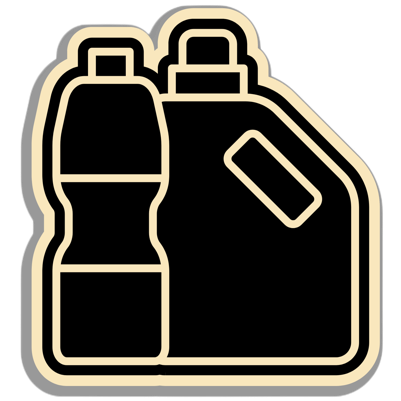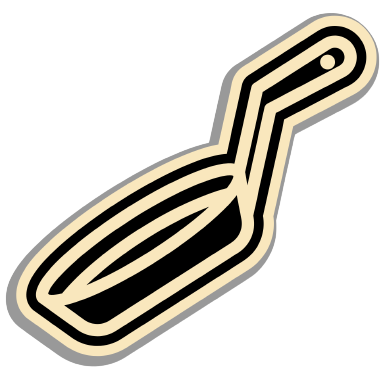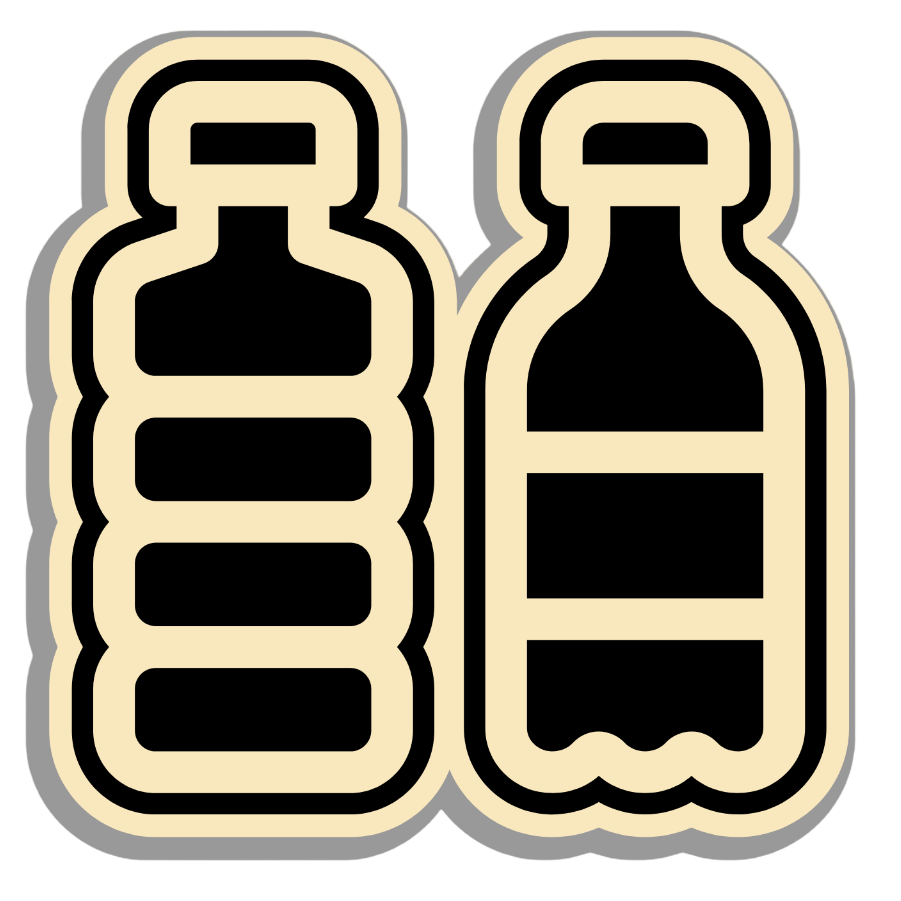Healthy Habits for
Healthy Homes
Making it easy to Reduce Chemical Exposure in your Home
Chemicals are all around us: some helpful, some harmful. Early childhood exposure to household chemicals can interfere with healthy development and is linked to several chronic diseases. It’s no coincidence; children ARE more vulnerable than adults. Their developing neurological and immune systems just can’t rid their bodies of toxins as well as grownups, and our little humans spend most of their early life indoors living close to the ground where household toxins settle, crawling around and putting everything in their mouths!
Limiting exposures to harmful chemicals, toxins, and other environmental hazards can seem challenging, but the good news is that simple modifications in our daily lives can improve our overall health.
Did you know: It’s possible to replace most chemical cleaning products with common non-toxic, food-grade household ingredients that are just as effective AND will save you money at the same time! Take a look at this Quick Reference Guide to see how versatile your non-toxic kitchen ingredients can be, and easily compare how they can help tackle common cleaning problems:

Reducing the number of chemical supplies you use reduces the number of toxins that threaten the health of you and your loved ones. Now that you have an idea of just how you can use those non-toxic alternatives, let’s start figuring out where the toxins in your home could be coming from!
We’ve put together some information about the most common in-home sources of harmful chemicals, and – when you’re ready – some easy-to-follow home recipes for kid-safe DIY cleaners.
Ready to Dive Deeper?
Let’s take a look at the most common sources of dangerous chemicals in your home…
Click on the icons to get a few more tips to help keep your home green and cleann
CLEANING WITH CHEMICALS
When we clean with chemicals, harmful toxins are breathed in and absorbed through our skin. Even if you keep your kids out of the room as you clean, residues left behind can be touched and ingested by children and pets later, putting them at risk. Use of household chemicals has even been shown to increase the risk of developing asthma in otherwise healthy people by 30-50%!
Luckily, going non-toxic is easier than you think!
DEALING WITH DUST
Dust likes to stay busy – it rises into the air and settles back on the ground, only to be kicked back up again and again as we go about our daily lives. It never stops moving for long and once it gets going it loves to pick up everything along the way… including toxins.
Why We Want to Beat Back Dust
Nobody gets covered in dirt and dust better than small children! They’re close to the ground scooting, rolling, and crawling around – putting objects and dirty hands in their mouths along the way. Unfortunately, even microscopic chemicals they encounter during their play can have long-term health effects.
THE PROBLEM WITH NON-STICK
Non-stick coatings break down and release toxic chemicals that can end up in your body.
Small doses have been linked to kidney, liver, and thyroid disease, as well as cancer and reproductive problems… The toxins are actually so dangerous they’ve earned the nickname “Forever Chemicals” because of how long they stay in our bodies!
NOT-SO-FANTASTIC PLASTIC
Don’t worry, it IS ok to keep some plastic! We know now that certain kinds of plastic are less stable, making them unsafe to use in toys and food containers because they can leach toxins over time.
Check the item’s recycling number on the bottom: 1, 2, 4, and 5 are considered safe for food & toys. If you’re unsure, one of the most important things to remember is to never use plastic containers or plastic wrap when heating food.
THE FIGHT AGAINST MOULD
Mould can cause eye, nose, and throat irritation, wheezing, shortness of breath, and even allergic reactions. If you’re exposed to mold over and over you can become more sensitive to it, making your reactions worse as time goes on. Luckily, preventing mould is actually pretty easy!
Mould loves still, moist environments, so start by improving air flow and drying things up. Then, to kill small spots of visible mould, just follow our tips!
FRAGRANCE SENSITIVITY
We all like to smell great but when it comes to perfumed personal products, did you know:
NO Scent is often the Best Scent?
Limiting or avoiding things with added fragrances helps make the air around you more breathable for you, your family, and the people who live in your community. The same goes for cleaning! We might associate the smell of lemon or pine with something being “clean”, but actually, “clean” has no smell at all!
ARE DISPOSABLE WIPES REALLY DISPOSABLE?
Baby wipes, wet wipes, disinfectant wipes… wipes are everywhere – especially since the pandemic began, because we’re disinfecting more surfaces than ever before!
They’re called “disposable” and sometimes even sold as “flushable” too, but most of these convenient packaged wipes contain plastics which don’t degrade. Reusable options like cloths or sponges are better for the environment, AND better for our skin!
Healthy Homes DIY Pocket Recipe Cards
Now that you know where the dangers are, it’s time to get cleaning! If you’re new to making your own DIY non-toxic cleaning supplies, you may be surprised to learn that you probably have everything you need already in your cupboards. (Yes, really!)
One of the biggest hurdles to making the switch can be knowing which products are right for which job. Whether you need a general cleaning spray or you’re trying to cut through serious grime, it’s possible to replace most consumer cleaning products with common household ingredients – reducing under-sink clutter AND saving you money!
We are here to help!
Our pocket recipe cards are filled with instructions and tips on how to tackle all of your most common cleaning obstacles. Once you’ve got the hang of it, we’ve also included space for you to write your own recipes!








